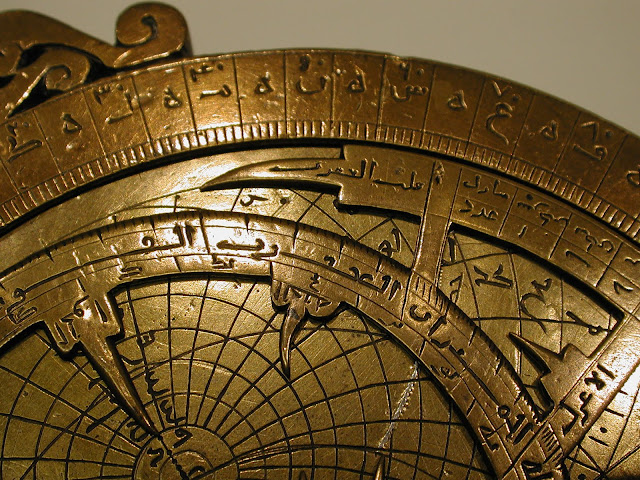ScienceTechyNews: How Does the Astrolabe Work? And What Does It Do?
Astrolabes have been used since antiquity for telling time, getting position fixes at sea and performing mathematical operations too complex for unaided humans. They have traditionally been made of brass, with an image of the sky etched into their face and a number of levers are mounted to their gears. By moving the levers to match the current date, the user can get a reading on the exact time that a given constellation is expected to rise above the horizon. By comparing the astrolabe's prediction with the observation, it is possible to establish the user's latitude.
An astrolabe can also be used as a primitive range-finder. When estimating distance, the user can set the astrolabe on its side and use the levers to sight the angle to at least two landmarks, such as the towers on a city's wall. If the distance between the landmarks is known and the angle reading from the astrolabe is accurate, simple trigonometry can provide the distance to the target.



Post a Comment